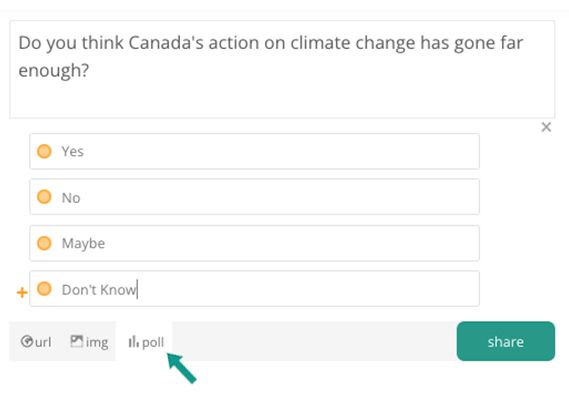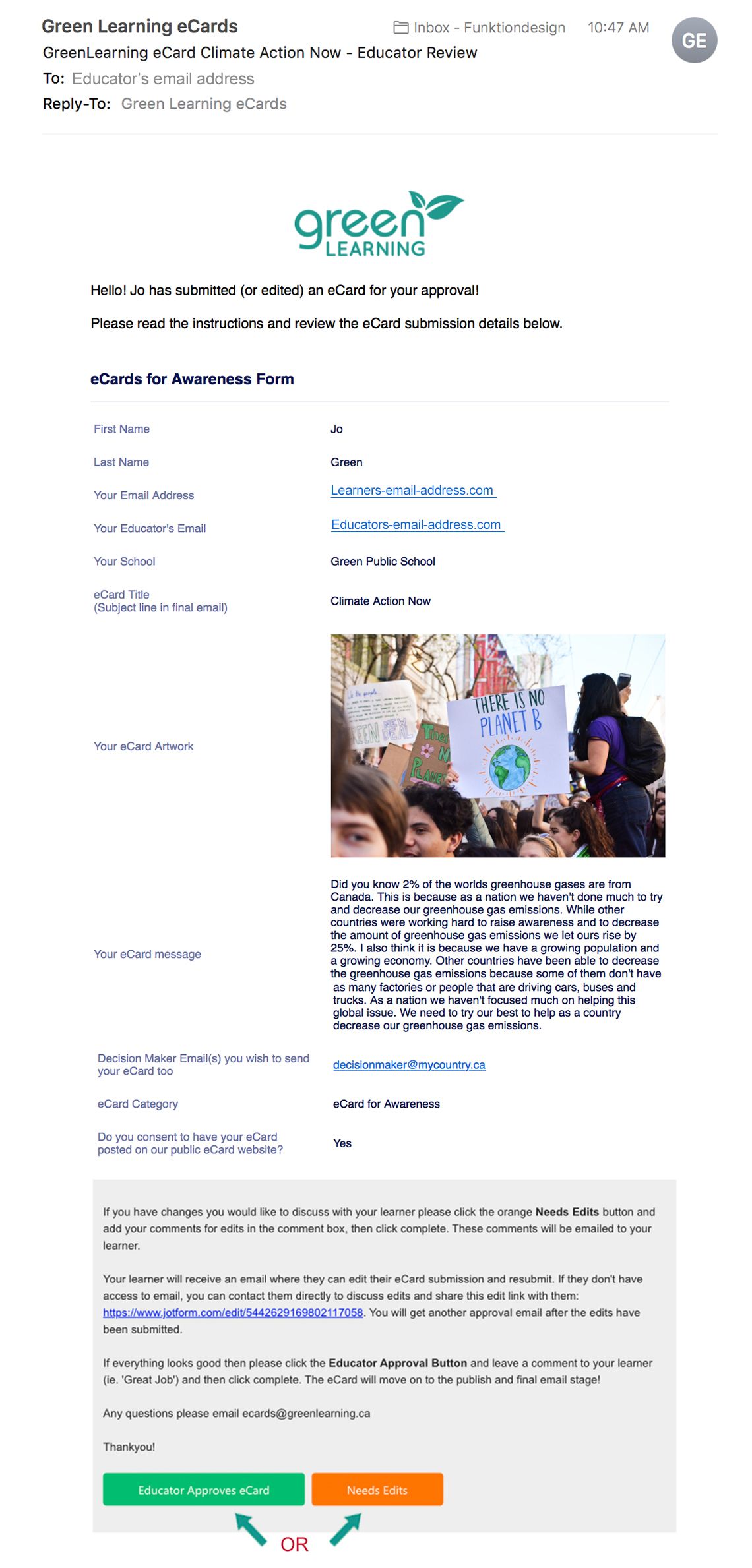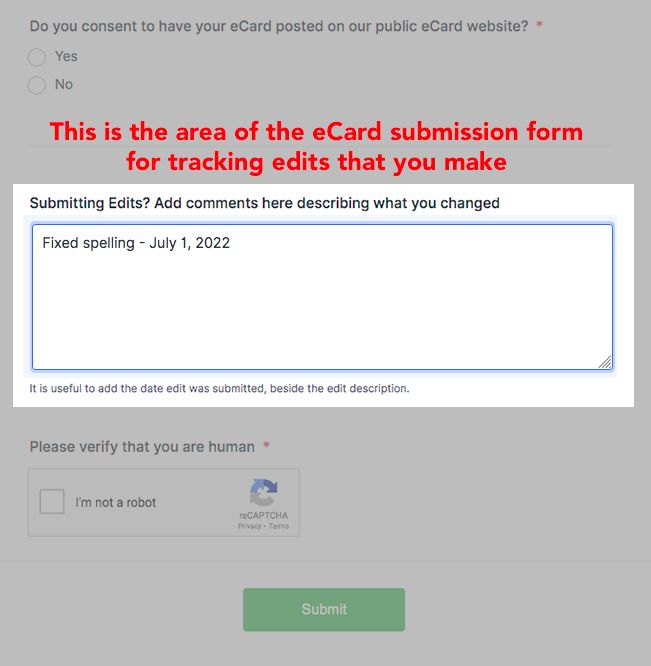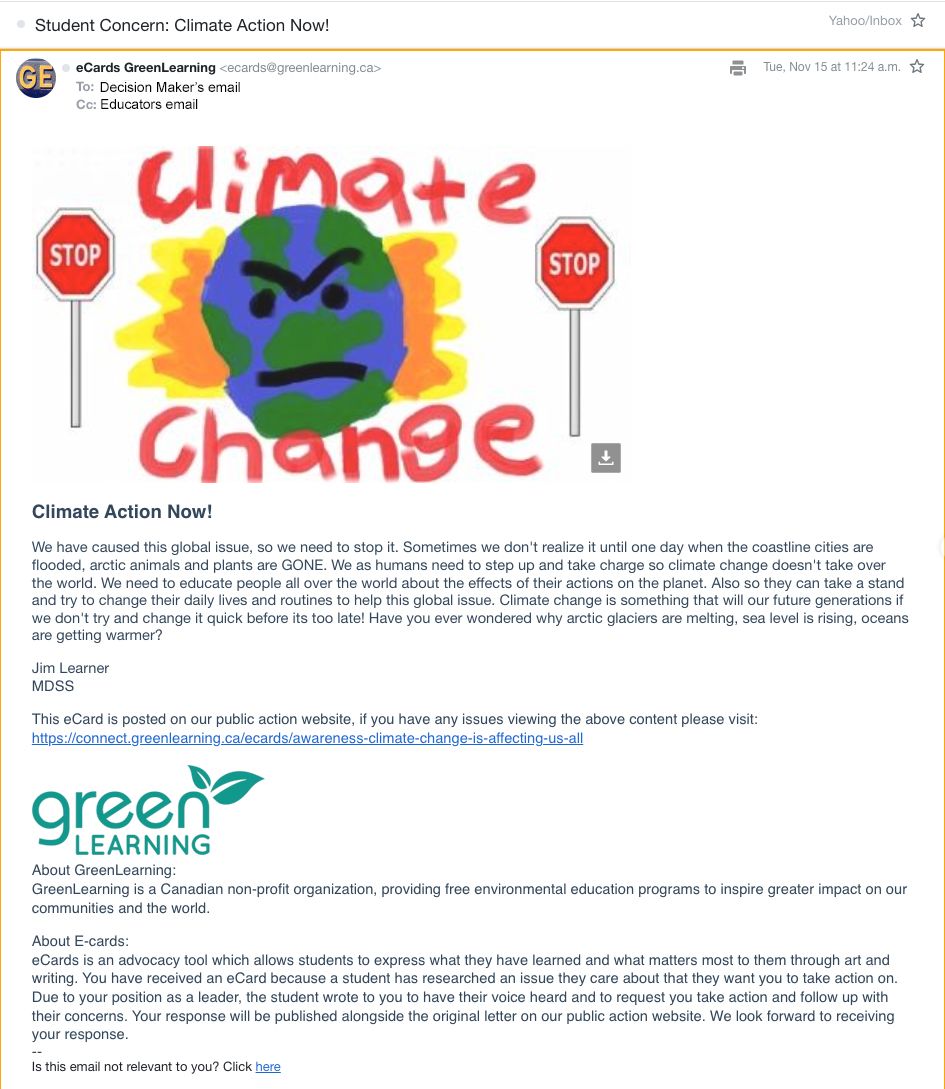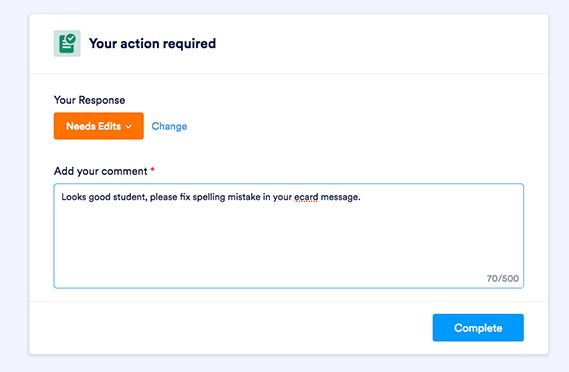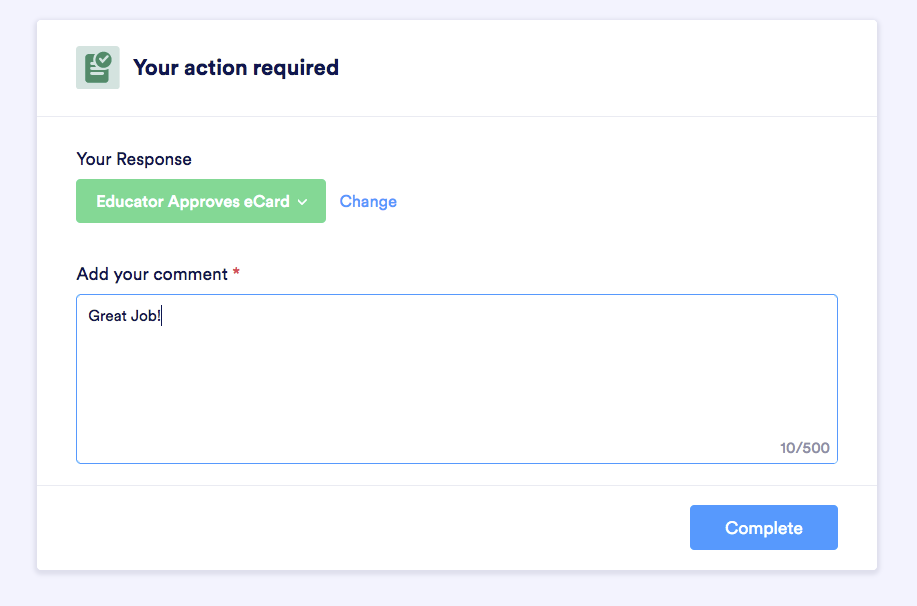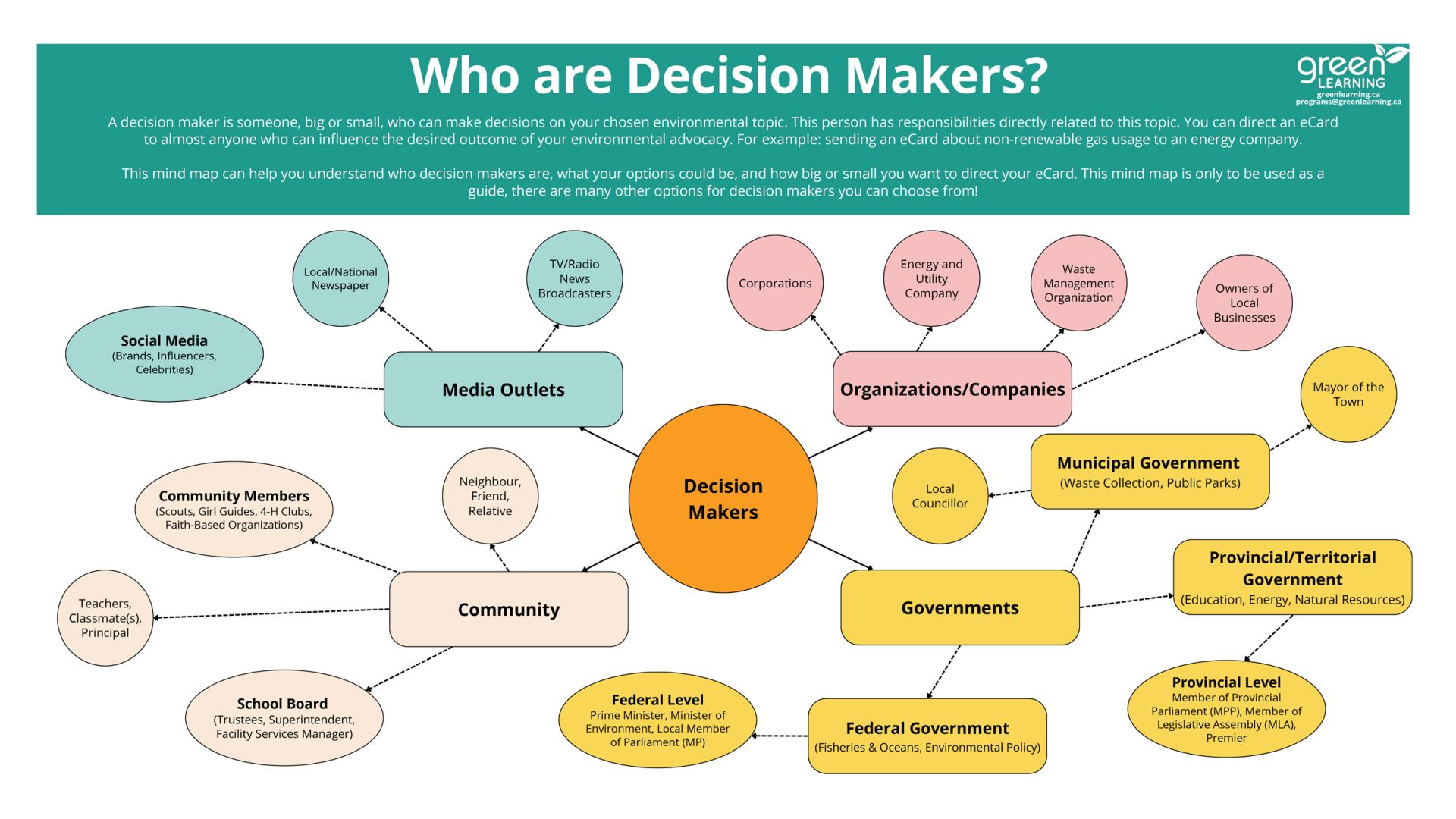2013 Re-Energy Solar Oven
Challenge Submission Showcase
Big, small, square and round, solar ovens this year were all shapes and sizes. Students from British Columbia to Ontario cooked and delighted in sharing their models with their school communities.
Colquitz Middle School
Victoria, British Columbia
The students were given the assignment of making a solar oven either on their own or in a small group. The students completed their ovens at home over a 2 week period.
On May 31, 2013, we tested the ovens to see what temperatures they could reach. On June 4, 2013 — the day of cooking — the weather was sunny, slightly overcast, with a breeze; the outside temperature at 1 pm was 15C.
All of the students were excited to see if their ovens would work and some did more than others. We shared our experience to the student body through the school web site, my website, and by word of mouth from the students.
This was a great addition to the Science Curriculum for my students.
Write your awesome label here.
Write your awesome label here.
Eastwood Secondary School, Grade 9-12
Kitchener, Ontario
The IMPACT Club at Eastwood Collegiate Institute in Kitchener, Ontario took on the Solar Oven Challenge. Our group of 15-20 students first decided which design to build. The choice was made to build one box cooker and one parabolic/box cooker. For both designs, recycled cellulose insulation was used to insulate the space between the cooking chamber and the outside of the box. Glass panes were used to cover the cooking chamber and to create the “greenhouse effect.”
Our first test with a cooking vessel was with a black metal crock pot with lid and this was fairly successful, with a temperature approaching 275°F. However, this was not hot enough to cook our menu item of choice…brownies! With the addition of a glass lid for the metal crock pot, we were able to achieve temperatures of 300°F and bake our brownies.
Write your awesome label here.
Write your awesome label here.
École Élémentaire Catholique St-Louis
Toronto, Ontario
Throughout the year, classes have discussed environmental and conservation issues. One of the recurring discussions has been, how do we become less dependent/addicted to non-renewable resources? Every week, we look at a different possibility/opportunity to slowly become less dependent on oil, natural gas, plastics, etc…
Cooking never came up in these discussions; therefore, I started showing them videos on the lifestyles of many other cultures and countries (primarily third world) in order to show them different ways people manage to feed themselves. When the first video, showing someone using a solar oven “aired” in the classroom, students jumped on it.
They all wanted to see if it was possible. They started looking up at various designs. It all moved very quickly from there.
The students are all preparing to cook various recipes, from pizza and bacon, to muffins, cakes and cookies. As a group (both classes) we are planning on baking cookies for the whole school and parents at our annual year-end BBQ on the June 19.
Write your awesome label here.
École Mark R. Isfeld Secondary, Grade 9
Courtenay, British Columbia
The students were shown a few examples of different ovens, but were encouraged to be as creative as possible in their final designs. Most students’ designs were variations of a parabolic cooker or a box cooker. Some ovens were created with intricate panel angles, and many were created with an ‘inner’ cooking space to allow for insulation (shredded paper) between two box layers. The majority of students chose to paint the exterior of their ovens, and often the exterior of their cooking vessels, black. One group chose to use a full glass panel in their design, while others incorporated various ‘windows’ out of clear garbage bags. The students were reasonably surprised to see how different each other’s ovens were!
The day of our “cook off” was a beautiful (very non-Vancouver Island) spring day! The students arrived early to school and set out their ovens in what they had decided was a suitable spot – in an area in front of the school that ensured southern exposure for most of the day. They recorded initial air temperature (13,8 degrees celsius), and positioned their stoves in what they thought would be the best angle. They placed their cooking items in the stoves (a mix of cookies, cupcakes, hot dogs, s’mores, instant noodles, and pizza), and then left them to cook until lunch. Throughout the morning, we did hourly weather checks (consistently partly cloudy, light winds, increasing atmospheric pressure, and with an increase in air temperature up to 17oC at noon).
The day of our “cook off” was a beautiful (very non-Vancouver Island) spring day! The students arrived early to school and set out their ovens in what they had decided was a suitable spot – in an area in front of the school that ensured southern exposure for most of the day. They recorded initial air temperature (13,8 degrees celsius), and positioned their stoves in what they thought would be the best angle. They placed their cooking items in the stoves (a mix of cookies, cupcakes, hot dogs, s’mores, instant noodles, and pizza), and then left them to cook until lunch. Throughout the morning, we did hourly weather checks (consistently partly cloudy, light winds, increasing atmospheric pressure, and with an increase in air temperature up to 17oC at noon).
At lunch time, all the students reconvened to eat up their cooked goods, take oven temperature readings, and discuss what had happened. We also had our student-run school news team come by and interview the students about what they were doing, as part of a segment to be shown to the school during our T.A. period next Friday. After finishing up our cooked food, the students returned to class and left their ovens outside to see how much more they would heat up during the day.
After school, the students took a last air temperature reading (20oC) and oven temperature reading, and then brought their ovens back into class. The students then completed a short assignment that had them analyze just how exactly they were able to harness the Sun’s energy to cook food, how they could incorporate solar technology into their homes, and how they would improve the design of their stoves.
Write your awesome label here.
Write your awesome label here.
Ernestown Secondary School, Grade 11 and 12
Odessa, Ontario
Mr. Firth teaches an Energy Tech Focus Program in the fall term. Grade 11 & 12 students in this course do a variety of energy related projects and environmental science. In the winter term, Mr. Firth teaches grade 10 science.
The large TV antenna is lined with platters that students removed from hard drives. They have excellent mirror surfaces but it was a lot of work to wire them on to the inside of the antenna mesh. The antenna was hinge-mounted onto a cart that has wheels so that it can be oriented in the direction of the sun and tilted back to aim directly at the sun. It is an excellent demonstration of parabolic reflection. This reflector successfully burned cardboard and was used to “roast” marshmallows. They cooked alright, but did not brown much. Tasted great in the smores with the Graham wafer and chocolate from the box oven.
There is also a wooden box oven with an upper mirror, lower curved mirror and a frame with wheels. The bottom of the box is a black painted steel plate heated from above and below, and there is a sheet of glass that allows the upper reflected light in but prevents convection losses. Last year a pan in the oven fried eggs. This year it was the main melting-oven for chocolate onto graham crackers.
There is also a wooden box oven with an upper mirror, lower curved mirror and a frame with wheels. The bottom of the box is a black painted steel plate heated from above and below, and there is a sheet of glass that allows the upper reflected light in but prevents convection losses. Last year a pan in the oven fried eggs. This year it was the main melting-oven for chocolate onto graham crackers.
A planar parabola was used to heat up precooked sausages that were placed in a black painted aluminum tube at the focal point.
The designs were tested outside on Friday May 30 during a day when classes were shortened and everyone in the school took part in a barbecue and outdoor activities. We also got outside on a couple of other sunny days with one or two ovens.
Write your awesome label here.
Write your awesome label here.
On the day we planned to try our solar ovens, it turned out to be slightly overcast. We set them up to pre-heat for the morning and crossed our fingers. The Kindies at our school were delighted to see all the action beside their playground and the grade 5s were equally delighted to explain the project to them. By morning recess, it had begun to rain slightly. When I looked out the window, I was impressed to see that all my students had already left French class to rescue the ovens from the rain. We tried again a week later on a beautiful day. Our grade 6s joined the grade 5 groups to help prepare the recipes and carry materials down three flights of stairs. We used textbooks to weight the ovens down and taped them to the fence so they would not blow away. Again, the Kindies were very interested. You can see them lined up along the fence in our video. While our food cooked in the hot sun, we played capture the flag. The food was delicious!
Write your awesome label here.
King Edward Public School, Grade 7
Toronto, Ontario
Students were challenged to apply what they learned in their Heat unit to design, build, and test a device that controls or uses the Sun’s renewable energy. Students were given several options of what they could build: a greenhouse, a swimming pool, a thermos, or a solar oven. The solar oven needed to be able to bake, or at the very least heat-up something edible (of their choice).
Each group was asked to submit a detailed written proposal prior to building their device. The proposal needed to include a technical drawing of their device, their test method(s), and a detailed design description with a focus on the science involved in the planning and building of their chosen device.
Devices were built during class time and each group also created an infomercial to advertise and promote their product. The solar ovens worked exceptionally well, given the available testing time at school. Within an hour, quite a few solar ovens reached temperatures of 65 to 80°C (the outdoor temperature that day was about 20°C with some cloud cover). Unfortunately, due to the schedule and period lengths at our school, we could not test them for longer than 60 minutes.
All groups created very interesting and unique devices and some groups were even seen during lunch hour testing their solar ovens by preparing lunch/snacks! All in all, students thoroughly enjoyed this project and now have some great renewable energy devices to use at home!
Write your awesome label here.
Robert H. Lagerquist Public School, Grade 6Brampton, Ontario
We decided to form an ECO-Club to raise awareness with the eventual goal of becoming an EcoSchool. The club began in April and was open to grade 6 students with the hope they will become ECO leaders in the school next year. The group decided to attempt the Solar Oven Challenge as a way to show alternative choices and raise awareness.
We researched various designs and decided on the cone and pizza box designs for the following reasons:
Materials could be easily sourced
Both designs allowed use to implement the three R’s
They were different enough to allow us to expect different results
We sourced material from home with the following exception:
On the pizza box and one of the cone ovens we used windshield sun-screens purchased at the dollar store as reflective material since it was insulated on the back (expected result greater efficiency)
Cork boards in the classroom were broke into small pieces to insulate one of the cone ovens
Other alterations to the original plans were:
One cone oven had a side flap to insert and remove the cooking tray
Cooking trays were painted with high temperature black BBQ paint
On cooking day (June 5th) the weather was overcast with a local high of 17 degrees celsius, oh no we expected failure. Ovens were placed outside at 9:00 am facing toward the sun. We used pylons on their side to allow us to prop the ovens for maximum exposure. After 2 hrs of pre-heating we checked to determine if we would attempt to cook. All three ovens had warmed (the prop holding the pizza oven open had collapsed so it was not as hot as the others), cooking trays were warm to the touch, so we decided attempt to cook.
Pizza oven:
We were using a meat thermometer to measure internal oven temperature. The oven needed to reach a temperature of 130 degrees Fahrenheit in order to register. This oven never registered above 130. However when the s'mores were placed in the oven the chocolate began to melt after 10 minutes and after an hour the marshmallow had softened but not melted.
Cone Oven 1:
(Cork insulation, small cooking tray, cooking bag too small to seal):
After the pre-heat period this oven had not registered above 130 degrees Fahrenheit. The group in charge of this oven noted that when the clouds cleared the temperature would rise and then fall again when cloud cover returned. This oven reached a maximum temperature of 130 degrees Fahrenheit. Similar to the pizza oven the chocolate melted and the marshmallow softened.
Cone Oven 2
(Paper insulation, larger cooking tray, cooking bag sealed, thermometer calibrated from 0):
After pre-heat oven was over 120 degrees Fahrenheit and baking pan was hot to the touch. Placed the s'mores in the oven and almost immediately the chocolate began to melt. After an hour the marshmallow had completely deformed and the interior warmed. Maximum noted internal temperature was 135 degrees Fahrenheit.
Write your awesome label here.
Write your awesome label here.
Scott Central Public School
Sandford, Ontario
The objective of this challenge was to construct a solar oven and make a basic recipe in the homemade solar oven.
Students learned about the principles of solar heat. They then had to first design, then build, and finally test their ovens.
When trying to test our solar oven during science class we ran into difficulties with the weather conditions and time. For several days in a row, it was overcast and rainy and we were unable to cook our recipe. As well, we should have organized and planned our time more carefully.
Write your awesome label here.
Write your awesome label here.
St. Mark Separate School
Mississauga, Ontario
We used the links from the Green learning website to do our research on Solar Ovens. This was the research that is part of our Unit on Conservation of Energy. We discussed the power of the sun and it’s potential for the future (clean and renewable source of energy). One group then created mindmaps on Solar Energy to spur knowledge and application of solar power.
Children then broke into groups of their own choice (some decided to work on their own). They came to school with the materials needed and a blueprint to create their own design and cook their own recipe.
We had such a variety of Solar Ovens. Noah built a solar oven with a parabolic design and called it the Vulcanator, after the roman god Vulcan, god of fire! He used a concave mirror carefully calculated to focus the sun’s rays on the black heating chamber.
Another example is the H.I.V.E built by Miguel, Ryan, Amanda and Jose following a hexagon design with classic reflectors built at the top this was used to roast veggie Kabobs and cookies. Reflectors were made with tinfoil covered cardboard shiny side up cut in to thin long trapezoids.
These are just two detailed descriptions of two of the nine ovens. We all used cardboard, tin foil, black /glue paint, plastic wrap and duct tape in our designs. We applied our math skills such as creatively creating blueprints using surface area, metre sticks and protractors to measure accurate angles.
We planned to test and bake with the ovens on Wednesday June 5th. The weather forecast a few days before the 5th was for sun—perfect. Unfortunately, Wednesday June 5th was overcast with sporadic sun. Regardless, we soldiered on. Children brought their solar ovens to the front of the school to prepare and cook their recipes. This was an optimal place for children and the community to see the ovens in action. They were able to talk to the walkers, their parents and other children about the uses of solar energy as well as the problems they encountered designing and building the ovens.
Students placed cooking thermometers into each oven and after an hour we recorded the temperatures which ranged from 25 – 30 celsius. After the preheating we put in our cooking. Samples of our recipes ranged from mini-pizzas, fruit kabobs and chocolate cookies! We found out that the “microwave” solar oven heated the best!
They were totally engaged; discussing and solving problems.
Stratford Northwestern Secondary, Grade 11
Stratford, Ontario
We created solar ovens using recycle pizza boxes.
Students made a 2 inch border around the outside of the pizza box, and cut along three sides. One the side that was not cut, it was flipped up. It was also covered with aluminum foil.
The hole that was left was covered over with a transparency sheet. It was taped shut to create an airtight seal.
The bottom of the box was covered with foil and recycled black bristol board.
The flap was propped open with a ruler or a couple of straws to allow for maximum solar collection.
The weather on the day of the cooking was full sun and the temperature was about 20 degrees celsius.
The temperature of the solar oven was about 200 degrees F. We cooked s’mores (using chocolate covered cookies and mini marshmallows) and hotdogs.
We shared our Solar Oven Challenge with the rest of the school or community by giving admin and other teachers samples of our s’mores; as well as a brief article was written for the school newsletter.
The students were skeptical at first when they were building the solar oven. They did not think it was going to work at all. They did a great job at constructing the ovens, one group even constructed a handle for better ease of opening the flap. During the cooking, there were lots of surprised students. They were pretty amazed that it actually did work and made a pretty scrumptious s’more. They got rave reviews from the admin and teachers that ate their solar oven creations. A few kids were looking forward to using their solar ovens at home to impress their families. A few kids told me that this lesson “rocked” and was the best part of the semester!!!
Wilkinson Public School, Grade 5
Toronto, Ontario
On the day we planned to try our solar ovens, it turned out to be slightly overcast. We set them up to pre-heat for the morning and crossed our fingers. The Kindies at our school were delighted to see all the action beside their playground and the grade 5s were equally delighted to explain the project to them. By morning recess, it had begun to rain slightly. When I looked out the window, I was impressed to see that all my students had already left French class to rescue the ovens from the rain. We tried again a week later on a beautiful day. Our grade 6s joined the grade 5 groups to help prepare the recipes and carry materials down three flights of stairs. We used textbooks to weight the ovens down and taped them to the fence so they would not blow away. Again, the Kindies were very interested. You can see them lined up along the fence in our video. While our food cooked in the hot sun, we played capture the flag. The food was delicious!
GreenLearning
creates free education programs about energy, climate change and green
economy that engage and empower students to create positive change.
Explore
Get Involved
© 2024 GreenLearning. All rights reserved.


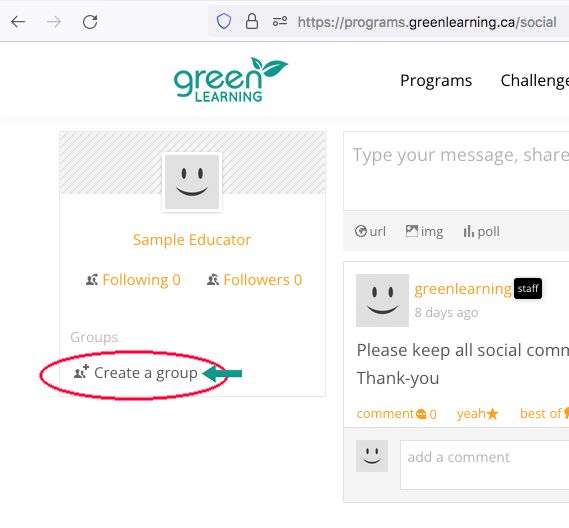
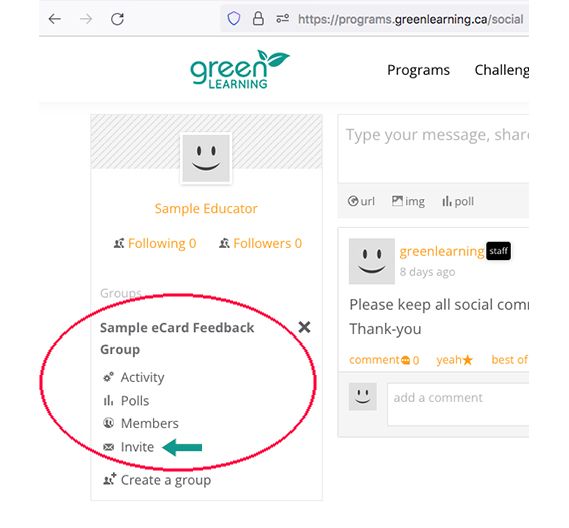

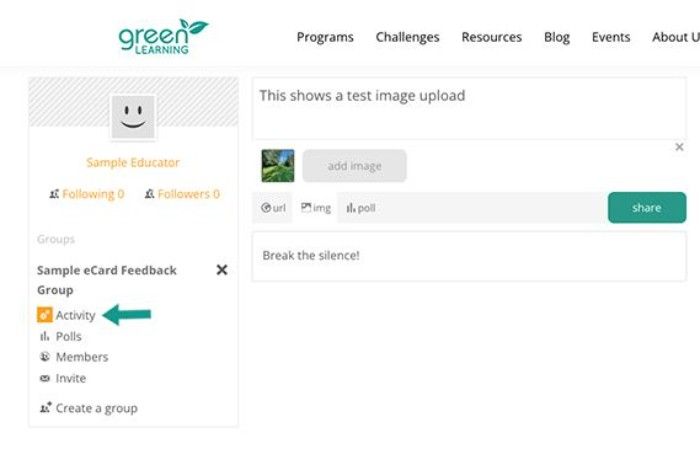
Activity link under private class group.

